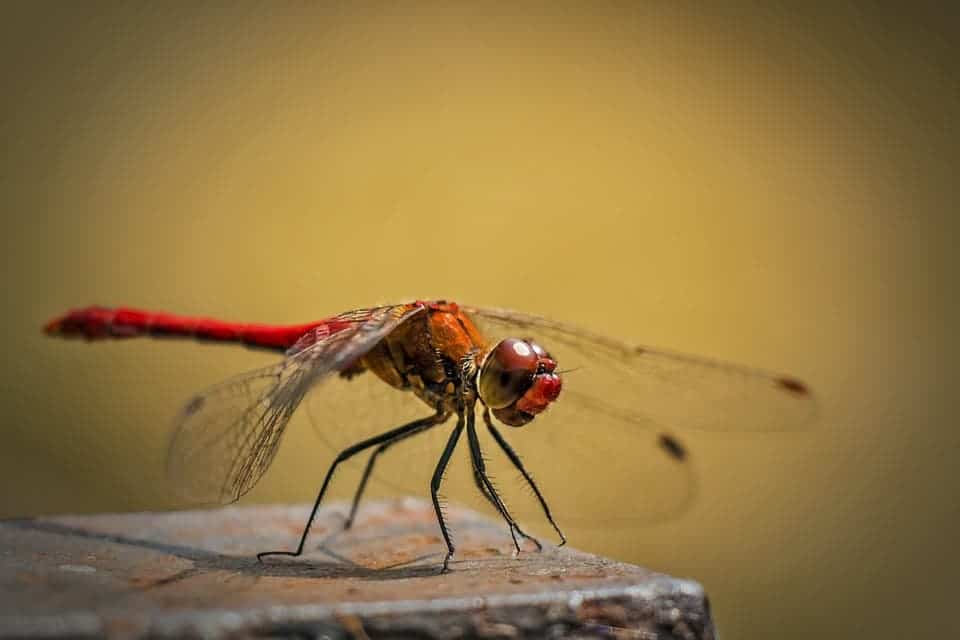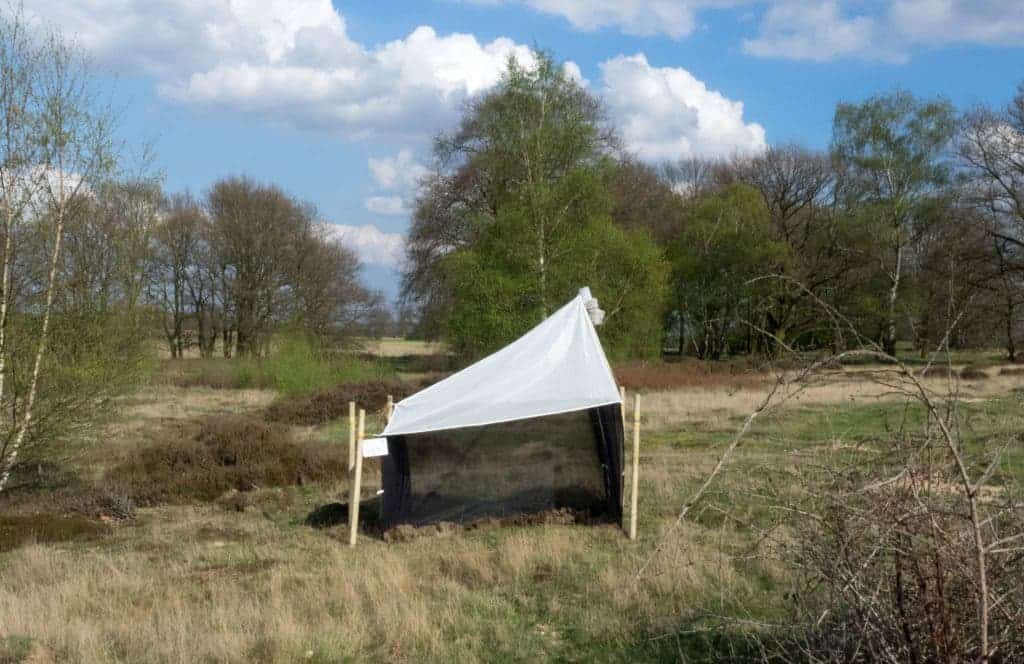Dutch researchers at Radboud University report that over the last 27 years, flying insect biomass has plummeted by 75 percent in Germany. The findings serve as a wakeup call given the current climate of accelerating decline in insect populations reported all over the world.

Insects, be them land loving or wing buzzing, are essential to ecosystem functioning and health. They’re responsible for pollinating 80 percent of wild plants and provide food to a wide range of species, including 60 percent of all birds. Previously, scientists have identified a pattern of decline in insect diversity and populations. These studies, however, tend to focus on single species or taxonomic groups, which can fail to grasp the bigger picture.
Caspar Hallmann and colleagues at Radboud took a different route by assessing flying insect biomass, which indicates if the number of insects in a given area rose or fell, regardless of the species involved. The team measured flying insect biomass collected using Malaise traps from 63 natural reserves in Germany over 27 years. Malaise traps were deployed through the spring, summer, and early autumn, operating day and night. The catch was emptied at regular intervals, on average every 11.2 days.
The team found that flying insect biomass declined by 76 percent on average in just 27 years and by up to 82% in midsummer. The dramatic decline took place everywhere, regardless of the habitat type. Land use or changes in weather could not alone explain the steep drop in insect biomass. These depressing figures underscore how the entire flying insect community has been decimated over the last few decades, as reported previously by papers which found declines in vulnerable species such as butterflies, wild bees, and moths.

Since 2006, honeybee populations have drastically declined at the hand of a peculiar phenomenon called colony collapse disorder (CCD). Today, most bee species are in decline, with annual regional losses as high as 60 percent. Nobody is completely sure what causes CCD, but studies seem to point towards neonicotinoid pesticide use. Earlier this month, researchers reported that neonicotinoids were found in 75 percent of honey samples collected from all over the world.
Monarch butterfly populations have also been declining significantly, reaching the lowest count ever recorded during 2013-14 as a result of habitat loss, particularly the loss of milkweed (the species’ only food source), and mortality caused by the use of pesticides. West North America lost 95 percent of its Monarch butterflies over the last 35 years, according to a distressing recent report.
While the Dutch researchers focused on flying insect biomass in protected areas around Germany, a similar pattern of population decline is happening all over the world. Rodolfo Dirzo, an ecologist at Stanford University, developed a global index for invertebrate abundance that showed a 45 percent decline over the last four decades.
“Although invertebrates are the least well-evaluated faunal groups within the IUCN database, the available information suggests a dire situation in many parts of the world,” says Dirzo.
Hallmann says that more work is required to investigate the full range of climatic and agricultural variables that might impact insect biomass. Whatever’s the case, evidence so far points towards humans interfering with insect habitats, foraging, and diet. We caused this mess and it’s up to us to clean it up.
“There is an urgent need to uncover the causes of this decline, its geographical extent, and to understand the ramifications of the decline for ecosystems and ecosystem services,” the authors concluded.
Scientific reference: Hallmann CA, Sorg M, Jongejans E, Siepel H, Hofland N, Schwan H, et al. (2017) More than 75 percent decline over 27 years in total flying insect biomass in protected areas. PLoS ONE 12(10): e0185809. https:/


